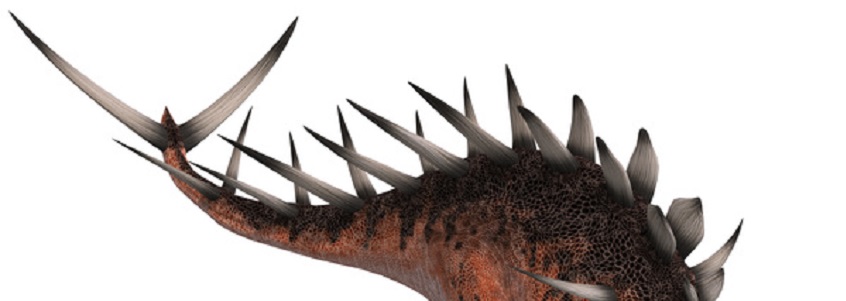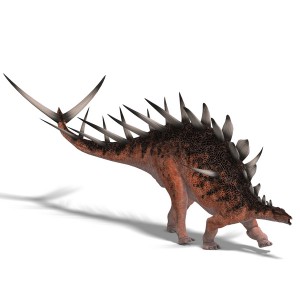Alien Odds: The Drake Equation (Part Three)

Beaking news, all you guys! Inspired, doubtlessly, by the discussion of the Drake Equation right here on Rev. Matt’s Monster Science, the University of Aberdeen has released a study this month proposing that there might be more planets that can sustain life than previously thought! The study goes after the ‘Goldilocks Zone,’ this being the scientific expression of the odds of being eaten by bears – or no! The Goldilocks Zone is the distance away from a star that a planet can be and still sustain life. Not too close, and not too far; not too hot, and not too cold – get it? Anyway, what the Aberdeen study proposes is that a planet can be a good deal more distant from its star than previously thought and still sustain life, by virtue of subterranean water. Planets get warmer, you see, the deeper down you go into them, and if you go deep enough into any solid planet that isn’t amazingly far from its sun there is the potential for liquid water, and hence, life. And so the odds have, perhaps, increased! The additional life forms would now all be spooky cave monsters but what do you want, ewoks?

Anyway, back to the matter at hand. So far, we’ve gotten through f sub squiggle, which has brought us to the number of planets in the galaxy that have developed life on them. And we’re not swimming in these but there are quite likely plenty to go around. Ah, but we left off muttering darkly about how our next factor, f sub i, is going to make things worse for us. Let us steel ourselves and get into it.
So f sub i is the number of life-bearing planets that actually develop intelligent life. And this is the first place where the solid facts we have to base our wild speculations upon are very discouraging.
The first thing that life has to do to become intelligent is become multicellular. And here’s the thing about multicellular life: Life first appeared on Earth at least three and a half billion years ago. And most of the multicellular stuff all evolved at once during something called the Cambrian Explosion, around about 542 million years ago. That means three billion years of just protozoa; an Earth of only microscopic life for fully six times longer than the current Earth of lizards and platypuses and worms and stuff. It was in no hurry, and it was in fact not inevitable. Evolution is not a race of some sort, it has no direction; it’s simply a set of adaptations to changing conditions, and it took three billion years for those conditions to show up here to suit our goal. Those are bad odds!
So the universe may be teeming with life, but most of it will be invisible to the naked eye and not ultimately worth trying to talk to anyway. But, still, with the impossible number of stars in the sky, let’s assume that macrobiotic life does crop up here and there. So here we need it to develop a civilization, and again we have a problem, one that may actually be more severe than the last.
On the surface of it, it’s the same problem; we’ve got maybe two or three million years of hominids – and where ‘intelligence’ falls in there is a matter of some debate – up against 542 million friggin’ years of multicellular life. That’s even worse odds than the multicellular life in the first place, but that’s only part of the problem. The other part goes a little something like this: the Cambrian Explosion isn’t called that because everything became a Michael Bay movie, but because suddenly multicellular life was evolving everywhere, and diversifying and covering the globe. It was a big success. Once conditions were right for it, it was huge. Intelligence, on the other hand, well. There have been animals that might have developed intelligence, and conditions more or less like present-day Earth, for at least 150 million years. The dinosaurs didn’t tend to get very smart, but that was because they were thirty feet long and covered in spikes, they didn’t need to be smart. But there was nothing about their brains that prevented the possibility. Ditto the mammals since then; and yet, nothing, until just now. Now, take, say, powered flight in vertebrates; it’s an incredibly complicated series of evolutionary steps that leads to this, and yet it has evolved three different times – pterosaurs, birds and bats. Intelligence: once. The world doesn’t need human-level intelligence, and gets on fine the incredible majority of the time without it. Indeed, one could argue that it maybe got on a little better.
This is the part of the Drake Equation that tends to get the most subtly religious. As soon as Darwin was popularized, with his theory came the idea that humans were the culmination of evolution, that evolution was a video game of increasing difficulty with humanity as victory over the final boss. This is how they put it in the 19th century and everyone was so confused. But why would it take so long? Why would so many animals develop in a way that goes no nearer to intelligence? Why have there been crocodiles for hundreds of millions of years? Because evolution doesn’t have some abstract goal. Evolution just wants what works. And if you look at its history, human-type sentience just doesn’t seem to be the solution to a lot of the problems of survival. To think of it any other way, as many, many people do, is just anthrocentrism; the idea that humans are just the greatest thing ever. Which is unscientific and, frankly, impolite. Humans have done some amazing things! We are a spectacularly unique animal. But the thought that the universe revolves around us – well, I want to live in a universe that has better things to do.
Next up: The conclusion. Terrifying? Deeply satisfying? Kind of a letdown? Be there and find out!


